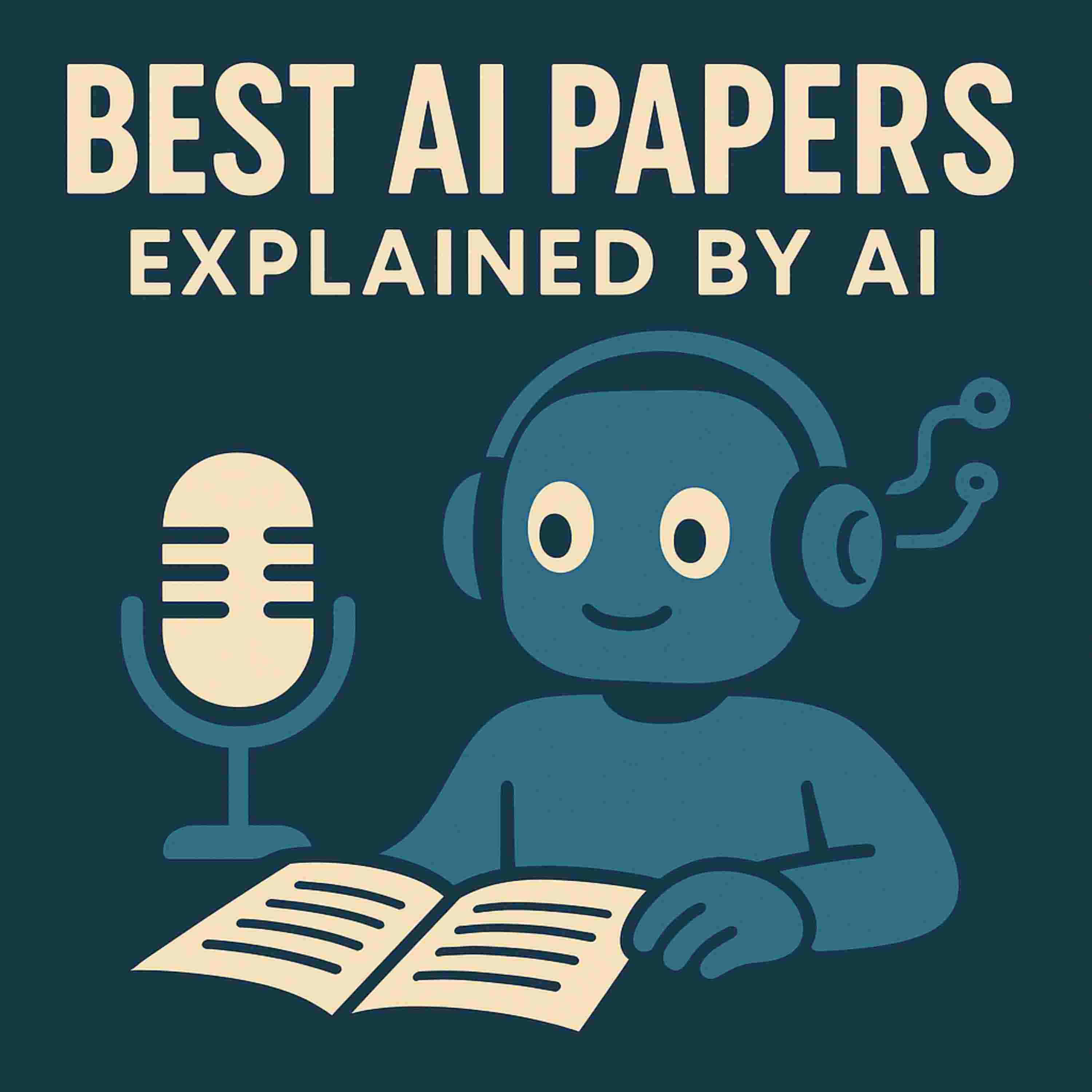

The academic paper proposes "thought communication," a new paradigm for multi-agent collaboration that allows large language models (LLMs) to exchange latent thoughts directly, akin to telepathy, instead of relying on lossy natural language. The authors formalize this process using a latent variable model where agent states are generated from underlying thoughts, proving that both shared and private thoughts can be mathematically identified. Guided by this theory, the proposed THOUGHTCOMM framework uses a sparsity-regularized autoencoder to extract these latent thoughts and their structural dependencies, allowing agents to efficiently receive personalized, relevant cognitive information. Experimental results on math reasoning benchmarks confirm that this direct, mind-to-mind communication significantly enhances collaborative accuracy and consensus compared to existing language-based multi-agent systems. The work suggests that leveraging these hidden internal representations is critical for achieving superhuman collective intelligence in machines.